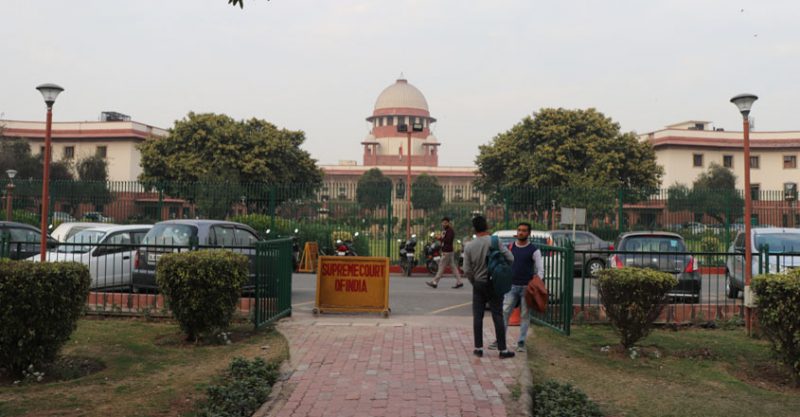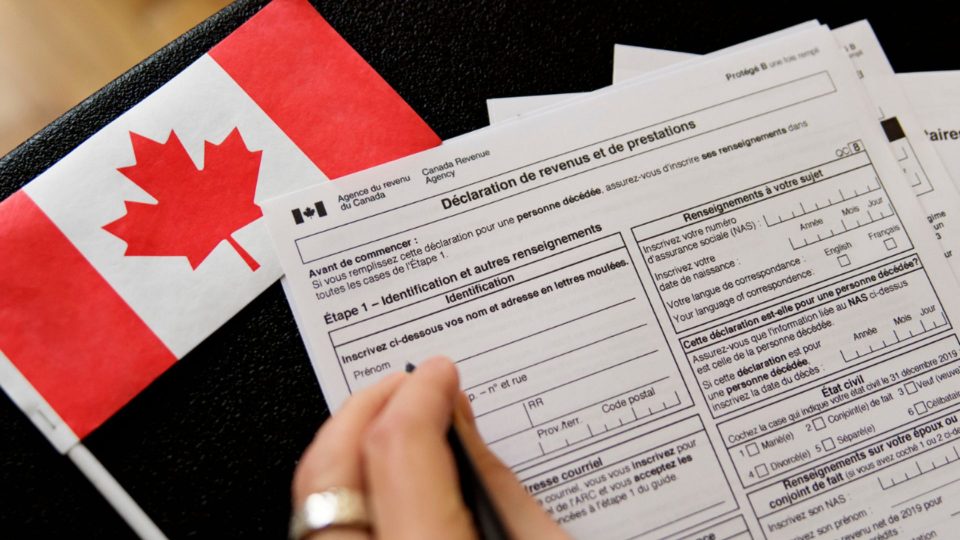A five-judge constitutional bench, headed by the Chief Justice of India, on Saturday gave a unanimous decision in the political sensitive Ramjanmabhoomi-Babri Masjid land dispute. The verdict read by Ranjan Gogi ruled that the disputed land must be handed to a board of Trustees. The court further ordered the centre to compensate the Muslim with an additional 5 acres of land in Ayodhya.
“It is a historic decision putting to rest the most contentious issue of the time and usher in an era of peace. The best part is that it is a unanimous decision of the constitution bench,” says Advocate Abhishek Aanand Rai.
A 7 Decades-Long Case
The Ayodhya case had been in the cold stores of the court for over 70 years until it gained momentum this year. Notably, in a series of 40-day-long hearing by Gogoi led bench had earlier said it would deliver the decision before November 7 this year.
The top court has been hearing the pleas that challenged the 2010 Allahabad High Court’s order of splitting the 2.77 acres of land equally among three parties – Sunni Waqf Board, deity Ram Lalla, and Nirmohi Akhada.
Also Read: Nepal Objects To India’s New Map
Nirmohi Akhada’s Claim Junked
In the initial minutes, the bench dismissed the plea filed by Nirmohi Akhada, which was granted one-third of the land by Allahabad High Court in 2010. Thereafter, SC said that while Ram Janmabhoomi is not a juristic person, the deity Ram Lalla Virajman is.
Muslims Failed To Prove Property Rights – SC
Referring to the reports of (Archaeological Survey of India) ASI, the bench said that the Hindus had shown enough proof to establish their claims that they were in possession of the outer courtyard, however, the Sunni Central Waqf Board had failed in the same.

The court also noted that Babri masjid wasn’t erected on vacant land but on a Hindu structure. However, the ASI report didn’t confirm that if it was a temple of any kind.
“Historical accounts indicate belief of Hindus that Ayodhya was the birthplace of Lord Ram,” said Chief Justice Rajan Gogoi.
Hindus Worshipped At Site Before 1857 – SC
CJI Gogoi while announcing the decision said before 1857, there were no restrictions on Hindus from worshipping at site.
“The outer courtyard became a focal point of worshipping by Hindus. Riots of 1934 indicate that the possession of the inner courtyard became a matter of serious contention,” he said.
Also Read: Is India Inadvertently Funding Terrorism By Green-Lighting Kartarpur Corridor?
The Verdict
In the end, SC ordered the Centre to form a trust within three months for the construction of the temple at 2.77 acres disputed land in Ayodhya.
Meanwhile, with the order to appoint a Board of trust to foresee the erection of Ram Temple in Ayodhya, the court smartly cut the Vishva Hindu Parishad (VHP) -backed Ram Janmsthan Nyas – a community formed to build Ram Mandir.





